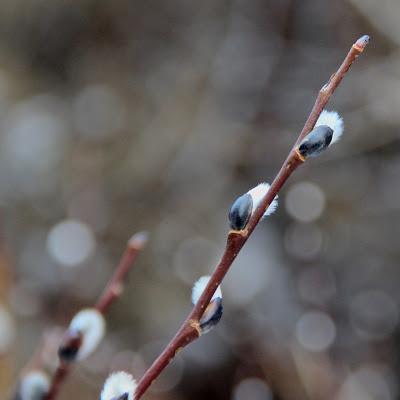
American pussy willow in February 2015, southeast Wyoming, 7200 ft elevation.
For a month I've been identifying plant specimens collected at Mount Rushmore National Memorial (yes, there’s more to the park than presidential heads). The Park Service funded a floristic inventory to document all vascular plants within the Memorial boundaries. This requires a specimen for every reported species, deposited in a public herbarium, and of course correctly identified. My role is to review the problematic ones, using the wonderful resources of the Rocky Mountain Herbarium—literature and an immense collection of dried pressed plants.One of the biggest challenges is the genus Salix, the willows. Specimens often include only leaves, with no information about other characteristics, like bark. Flowers and fruit aren't always helpful, being small and nondescript. Differences between species are often subtle, and some species are highly variable. In other words, willows are a pain.But there are exceptions, one being the American pussy willow (Salix discolor), notable for its behavior. When I looked at the Mount Rushmore “Salix discolor” specimen, I realized immediately it was something else because the branchlet had both catkins (flowers, fruit) and leaves. American pussy willow blooms and sets fruit long before leafing out.That trait was fixed in my memory three years ago, on a cold winter day in the foothills east of town. In a small dry canyon I was shocked to find a willow with pussy paws (tips of emerging catkins). After all, it was February! It would be three more months before the first leaves appeared.
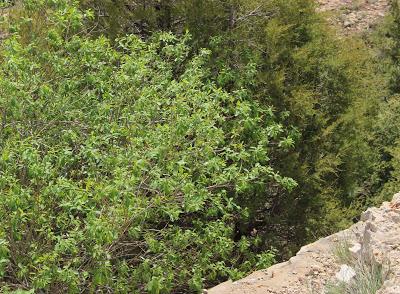
Pussy willow canopy, early June.
A week ago, curious as to how early the pussy paws emerge, I hiked up what has become Willow Canyon to check. Sure enough, it was “in bloom.”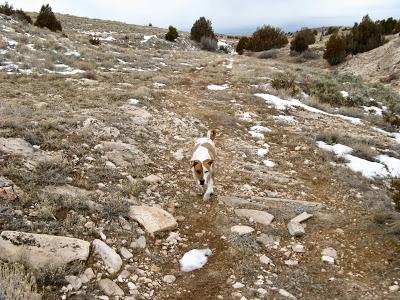
Off to see the willow (terribly dry year so far).
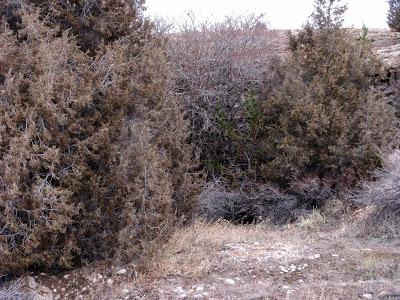
The willow of Willow Canyon is the leafless tree mid photo.
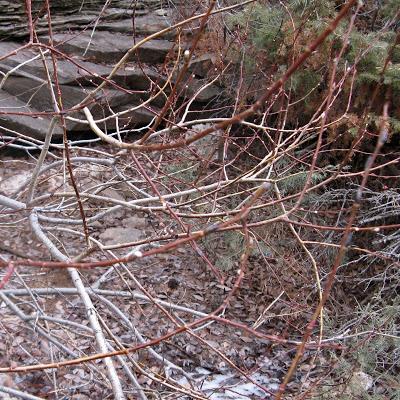
Blooming already! White dots are pussy paws.
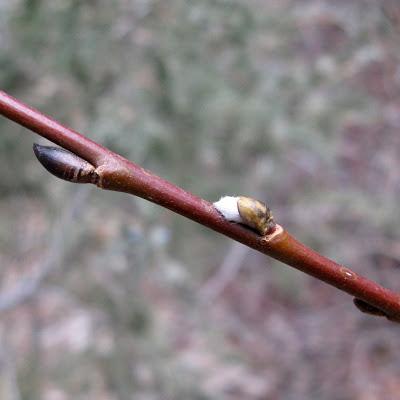
Emerging catkin.
